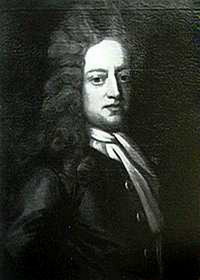Plantation of Lurgan 1610




 Lurgan is characteristic of many Plantation of Ulster settlements, with its straight, wide planned streets and rows of cottages. Lurgan is characteristic of many Plantation of Ulster settlements, with its straight, wide planned streets and rows of cottages.
In 1610, during the Plantation and at a time when the area was sparsely populated by Gaelic peoples, the lands of Lurgan were given to the English lord John Brownlow and his family. Initially the Brownlow family settled near the lough at Annaloist, but by 1619, on a nearby ridge, they had established a castle and bawn for their own accommodation, and "a fair Town, consisting of 42 Houses, all of which are inhabited with English Families, and the streets all paved clean through also to water Mills, and a Wind Mill, all for corn.
John Brownlow and his son William, came from Basford, near Nottingham when they were granted 2,500 acres in the barony of O'Neilland East by James I during the plantation of Ulster. John was allotted 1,500 acres comprising part of the Manor of Dowcoran (now known as the Dougher).
John Brownlow's son, William, was granted 1,000 acres, the Manor of Ballynemoney. This land also lay on the southern shore of Lough Neagh, adjacent to his father's land, and stretched from the upper Bann eastward to Doughcoron. His grant consisted of the townlands of Derryvieasse, Bechonill, Knockrawre, Ballynemany, Tanaghvore, Leggachory, Moynrege, Tollygalla and Teghevan. Kinenereganbeg, containing 60 acres, was exempted from the grant and reserved as glebe land for the church.
Large stretches of bogland, being described as non-profitable along side the granted areas were also given witht the two manors.
William Brownlow became MP for Armagh in the Irish Parliament in 1639. During the Irish Rebellion of 1641, Brownlow's castle and bawn were destroyed, and he and his wife and family were taken prisoner and brought to Armagh and then to Dungannon in County Tyrone. The land was then passed to the McCanns and the O'Hanlons. In 1642, Brownlow and his family were released by the forces of Lord Conway, and as the rebellion ended they returned to their estate in Lurgan.
William Brownlow died in 1660, but the family went on to contribute to the development of the linen industry which peaked in the town in the late 17th century.[6]


|

